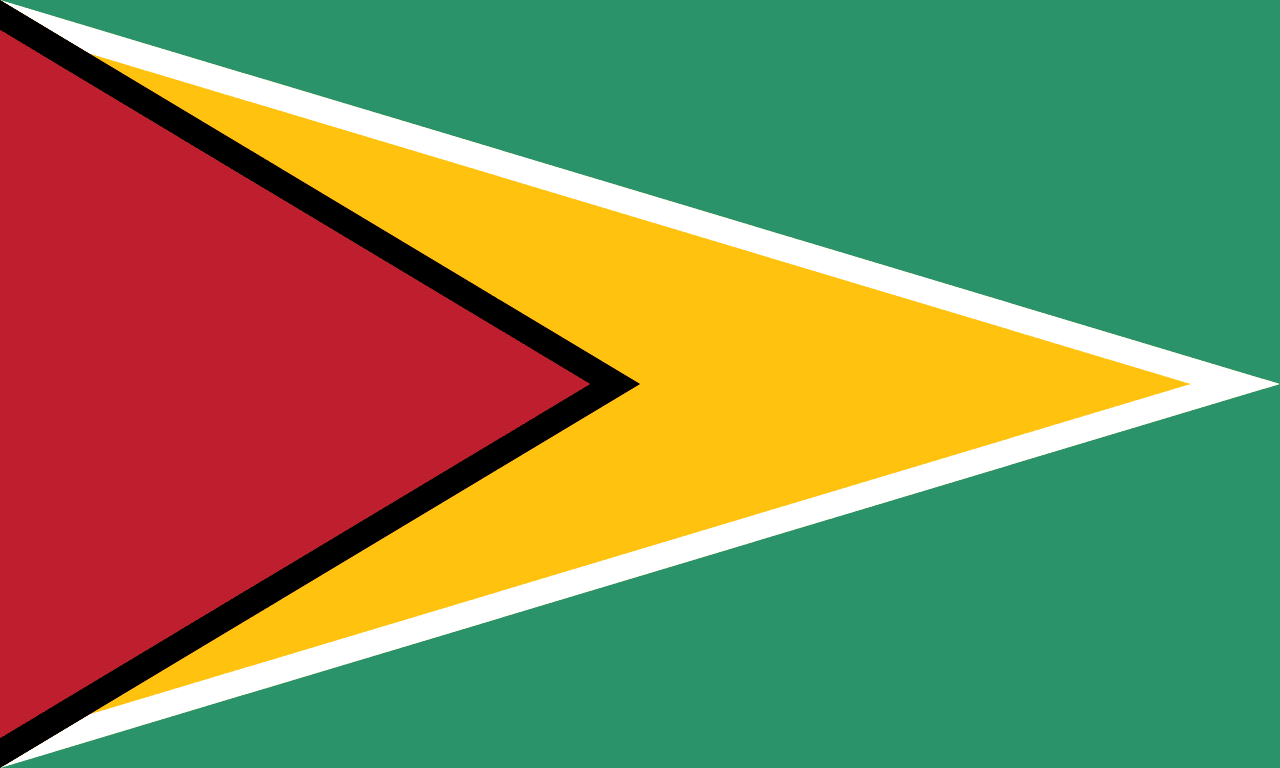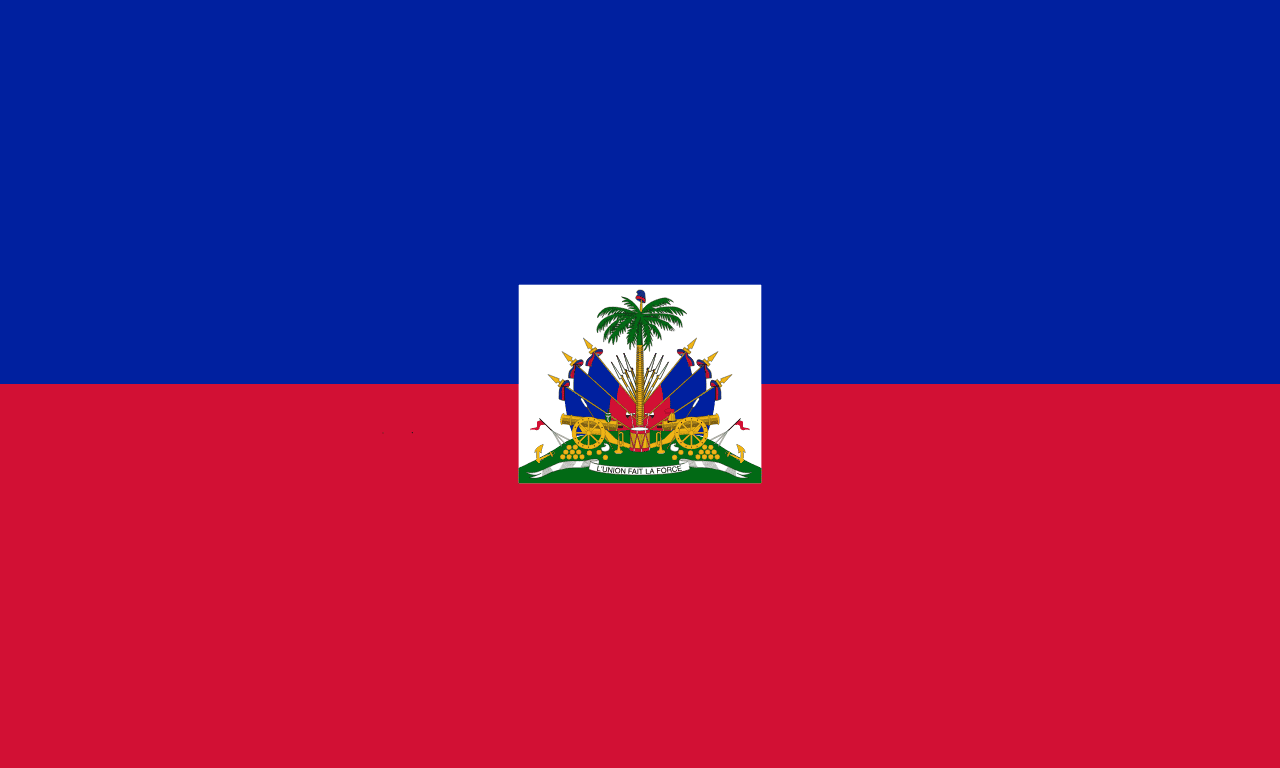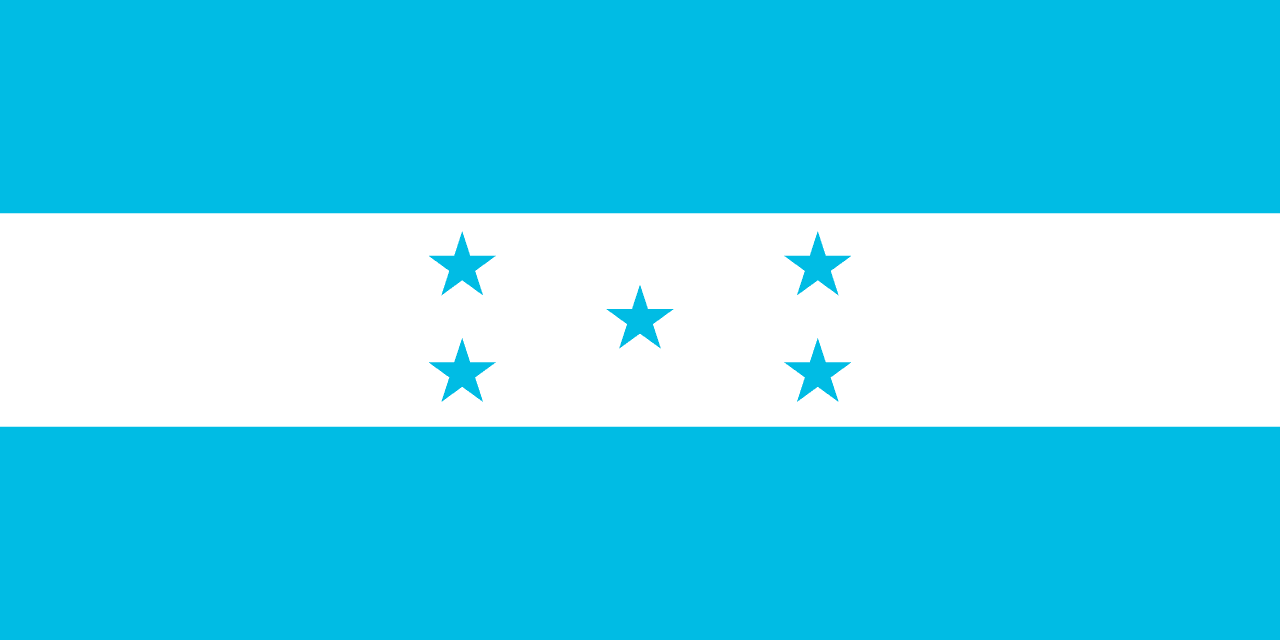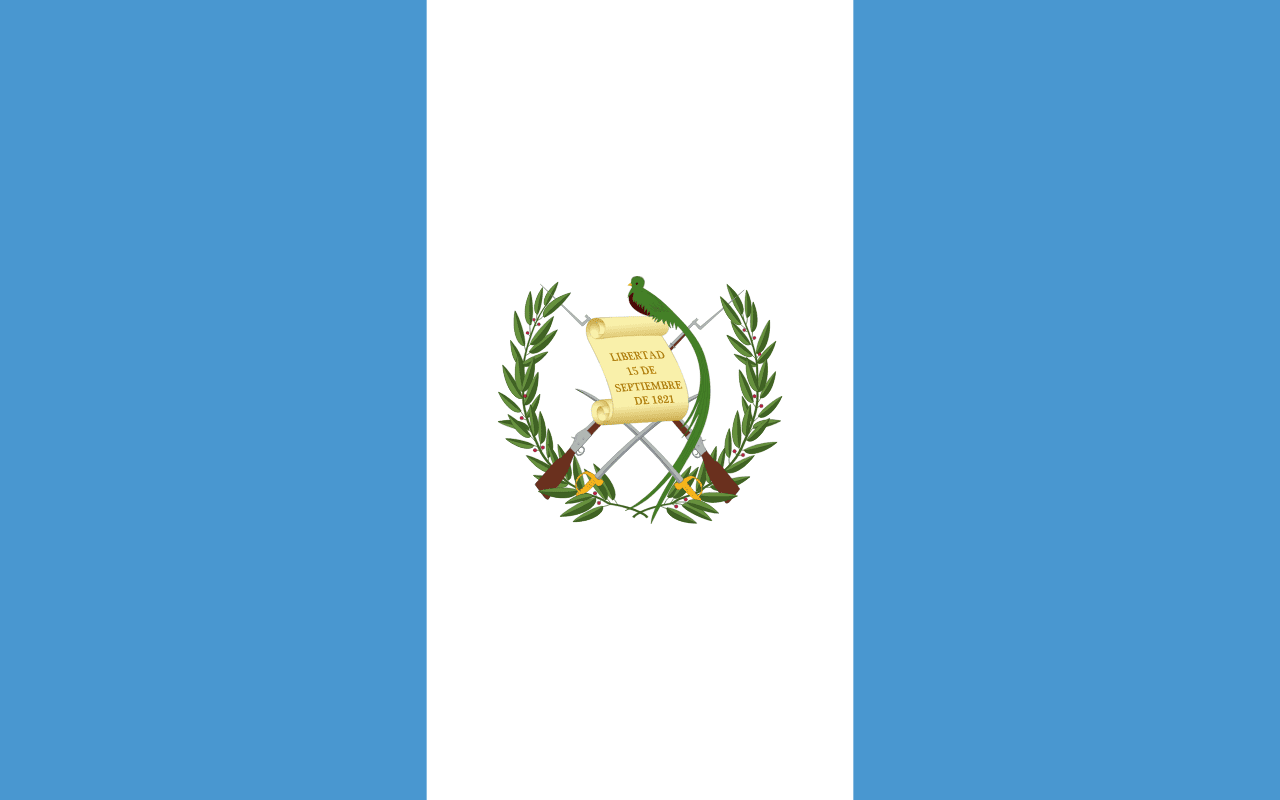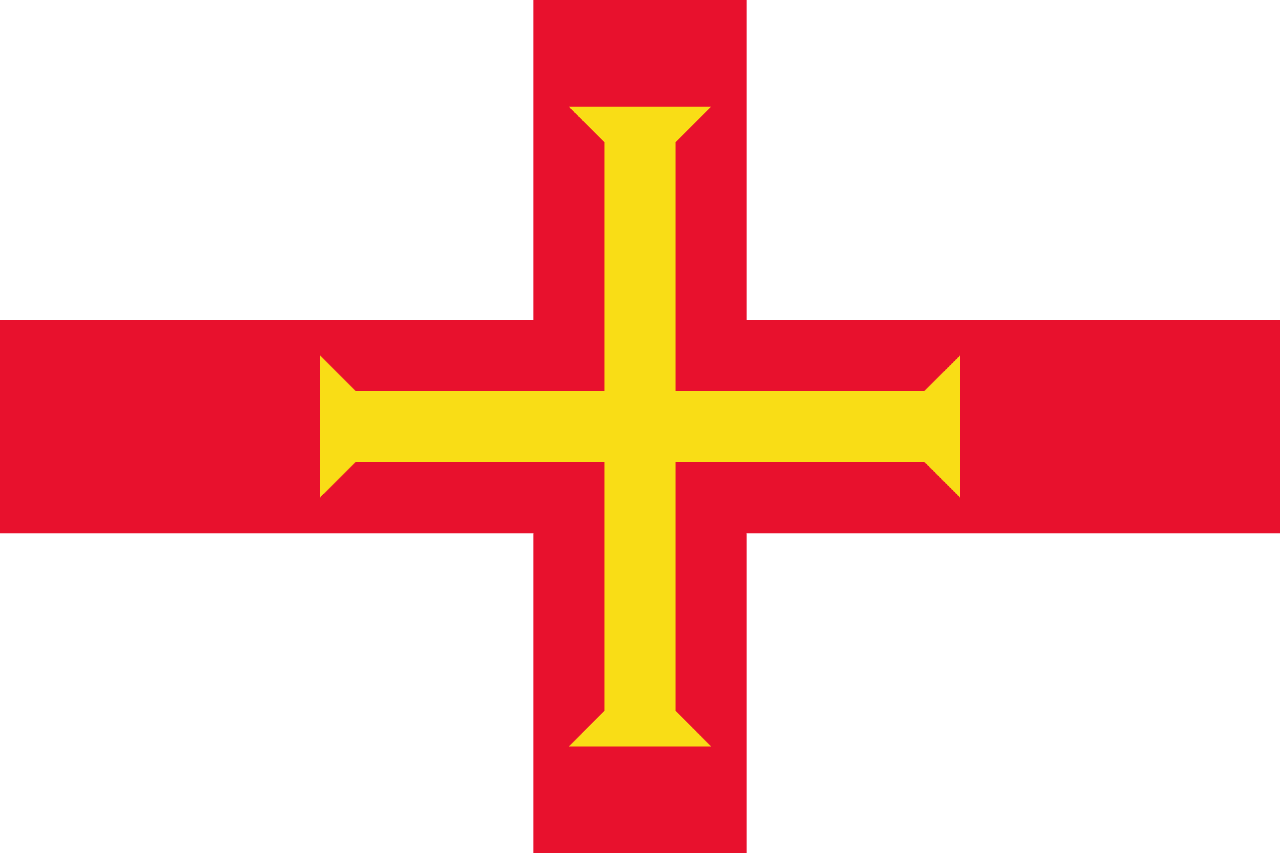The flag of Guinea-Bissau consists of two horizontal stripes of yellow and green, with a vertical red stripe on the hoist side containing a black five-pointed star. This vibrant design encapsulates the nation's history, aspirations, and natural resources, serving as a powerful symbol of Guinea-Bissau's identity and struggle for independence.
Guinea-Bissau information
| National Flag Day | — |
| Sovereign state | Yes |
| Official name | Republic of Guinea-Bissau |
| Capital | Bissau |
| Population | 1,921,814 |
| Area | 36,125 km² |
| Currency | West African CFA franc (XOF) |
| Language | Portuguese, Crioulo, Balanta, Fula |
| Continent | Africa |
| Region | West Africa |
| Subregion | — |
| Borders | Senegal, Guinea, Gambia |
| Timezone | Greenwich Mean Time (GMT) UTC+0 |
| Calling code | +245 |
| Top-level domain | .gw |
History of the Guinea-Bissau flag
 The flag of Guinea-Bissau was officially adopted on September 24, 1973, coinciding with the country's declaration of independence from Portugal. The design was created during the liberation struggle led by the African Party for the Independence of Guinea and Cape Verde (PAIGC). It represents the culmination of years of resistance against colonial rule and the birth of a new nation.
The flag of Guinea-Bissau was officially adopted on September 24, 1973, coinciding with the country's declaration of independence from Portugal. The design was created during the liberation struggle led by the African Party for the Independence of Guinea and Cape Verde (PAIGC). It represents the culmination of years of resistance against colonial rule and the birth of a new nation.
Symbolism and design of the Guinea-Bissau flag
Each element of the Guinea-Bissau flag carries deep symbolism. The red vertical stripe represents the blood shed by the country's freedom fighters during the struggle for independence. The yellow horizontal stripe symbolizes the sun and the country's rich mineral resources, particularly its deposits of bauxite and gold. The green stripe represents hope for the future and the lush vegetation that characterizes much of Guinea-Bissau's landscape. The black star, a pan-African symbol, represents African unity and the aspiration for a brighter future for all African nations.
Usage and significance of the Guinea-Bissau flag
 The flag of Guinea-Bissau is a source of national pride and unity. It is prominently displayed during official ceremonies, national holidays, and cultural events. The flag also plays a crucial role in international settings, representing Guinea-Bissau at diplomatic functions, United Nations gatherings, and sporting events. Its presence serves as a reminder of the country's hard-won independence and its ongoing journey towards development and prosperity.
The flag of Guinea-Bissau is a source of national pride and unity. It is prominently displayed during official ceremonies, national holidays, and cultural events. The flag also plays a crucial role in international settings, representing Guinea-Bissau at diplomatic functions, United Nations gatherings, and sporting events. Its presence serves as a reminder of the country's hard-won independence and its ongoing journey towards development and prosperity.
Interesting facts about the Guinea-Bissau flag
- The flag's design incorporates Pan-African colors, reflecting Guinea-Bissau's commitment to African unity and solidarity among nations.
- The black star on the flag is often referred to as the "Black Star of Africa," symbolizing the unity of African nations and their struggle against colonialism.
- Guinea-Bissau's flag shares similarities with the flags of other African nations, particularly those that were involved in liberation movements against colonial powers.
- The flag design was influenced by the flag of the PAIGC, which led the country's independence movement.
- Despite political changes and coups since independence, the flag has remained unchanged, serving as a constant symbol of national identity and the ideals of the independence movement.
